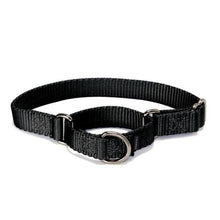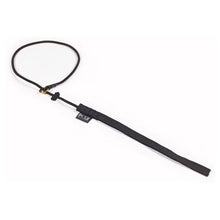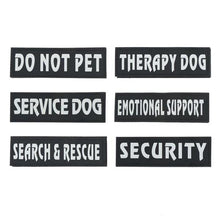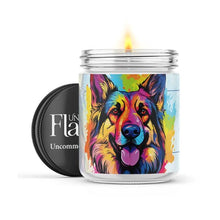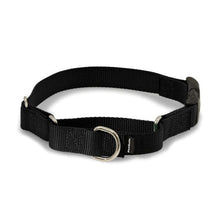3 Methods To Calm Your Dog Around Other Dogs
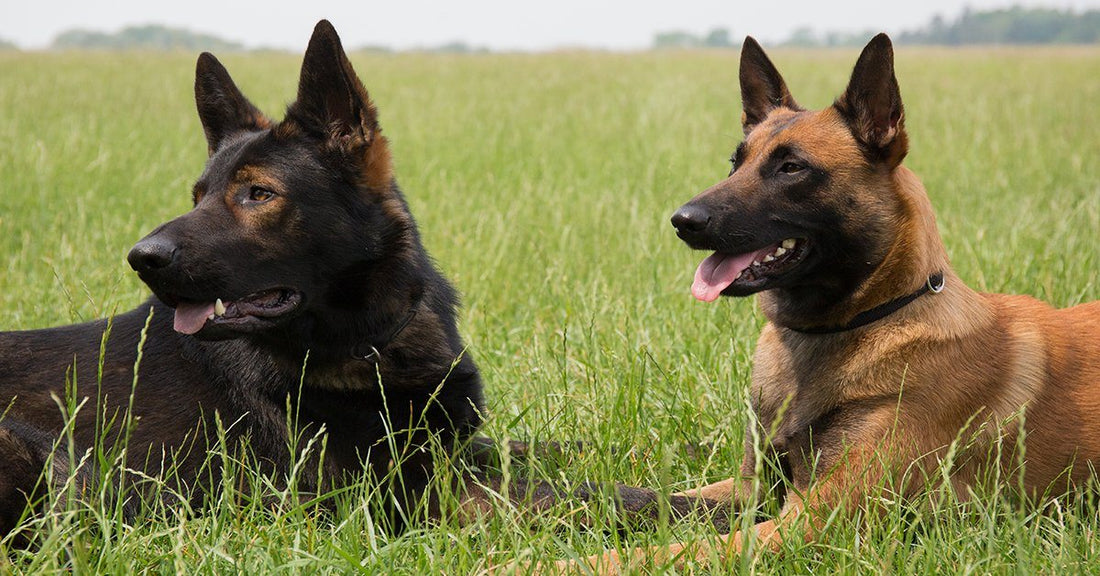
There are many benefits of teaching your dog to be calm around other dogs. Some of these include being able to control your dog in different places and situations, building confidence, making a good first impression, teaching them how you expect them to behave, preventing anxieties and fear based behaviors from developing, and preventing dog fights.
Before you can begin to teach your dog to keep calm around other dogs, it helps if your dog has been trained to focus on you. Teach your dog to look at you for direction, basic obedience, and be sure you can always get your dog’s attention when teaching them to be calm around other dogs.
This article is for dogs that get over excited about other dogs who may bark, pull, and generally go wild. This article is not intended for dogs with aggression issues or who have a history of dog fights.
1. Redirection
Redirection is one way to teach your dog to be calm around other dogs. When using this technique, you’ll expose your dog to other dogs from a distance and redirect them if they start to get over excited.
Teach your dog to redirect using a word or sound that means they should look at you for directions. Give lots of praise and treats for their obedience. Use the word or cue only when you need to prevent unwanted behavior, such as excessive barking at other dogs or pulling on their leash. By rewarding them, they will associate the cue with good things, which will make it easier for you to get their attention during moments when they are over excited or very distracted.
You can practice teaching calm behavior by taking your dog for walks in public places where other dogs congregate while maintaining distance from them. When the dog gets over excited and begins to pull, lunge, or bark, you correct their behavior by asking them to redirect, look at you, followed by the sit command or turning and walking them in the opposite direction.
When practicing, remain calm and upbeat and when the dog responds, reward them with a yummy treat. The idea here is to keep things light and fun so the dog has a good experience around the other dogs.
It’s normal for dogs to be curious and watch the other dogs, always remember that. You’re redirecting and correcting overexcited behavior and not their natural curiosity so be sure you don’t correct curiosity, which can lead to the creation of fear or anxiety around the other dogs.
As your dog learns to maintain control around the dogs from a distance, gradually get closer and closer to the other dogs while requiring your dog to maintain control and follow basic commands. Reinforce their good behavior with treats. When you take them to public places such as the vet, be sure to reward and praise them for being calm and obedient.
2. Meet and Greet
Once your dog is calm with other dogs nearby, the next step is to actually let your dog get closer to another dog. This step works best when you can get help from a friend who owns a friendly, well socialized dog.
Practice this by meeting in a neutral location with both dogs on a leash. From a distance, walk both of the dogs, giving them a chance to check each other out. Once they are calm and able to follow basic commands, ask your friend to walk their dog toward you. If your dog gets over excited, the friend should walk away.
Once they are calm again, have the friend re-approach. Once your dog stays calm with the dog approaching, have the friend walk past you with both dogs leashed. Ask your dog to sit while they pass. The idea here is to teach your dog to calmly sit while another approaches and walks past. If your dog gets too excited, once again the other dog should retreat.
By doing this, your dog will learn to calmly sit when dogs and people pass by and learn that overexcited behavior drives them away. This lesson may take one or many sessions but once they master this step, they can move on to making friends.
3. Making Friends
Once your dog learns to calmly allow other dogs and people to approach, it’s time to let them begin interacting with dogs. Start by having your same friend meet you for a walk. Once the dogs approach each other calmly, simply follow the other dog on a walk, with both dogs leashed.
Stay calm and relaxed and reward your pup for calm and relaxed behavior. Walk single file and watch both pup’s body language. If your friend’s dog stops to mark, let your dog sniff it, if they choose. If both dogs seem happy and relaxed during the walk, you’ll let them sniff each other for the first time.
If they show signs of play, bowing, relaxed face, soft ears, happily exposing the belly (not submissively showing the belly), etc., as tempting as it is to let them just play, keep up the walk and allowing them to get to know each other and burn off excited energy.
If both dogs are happy and relaxed and showing playful postures, it’s up to your best judgment as to when you’ll actually start to allow them to interact. By taking several good walks with both dogs looking forward to their time together, and when both greet each other in a friendly way that is calm, it’s probably safe to let them play.
To keep your dog calm around other dogs keep exposing them to dogs from a distance, when at the vet, and allow them meet other emotionally healthy dogs. Correct over excited behavior by calmly redirecting them and praising them for being a good dog. Clearly let your dog know what is and isn’t acceptable behavior.
To prevent anxiety and fear over other dogs, try to avoid any bad encounters by controlling their environment and which dogs you allow them to interact with. We hope you find these tips helpful, please pass them along to your family and friends.






